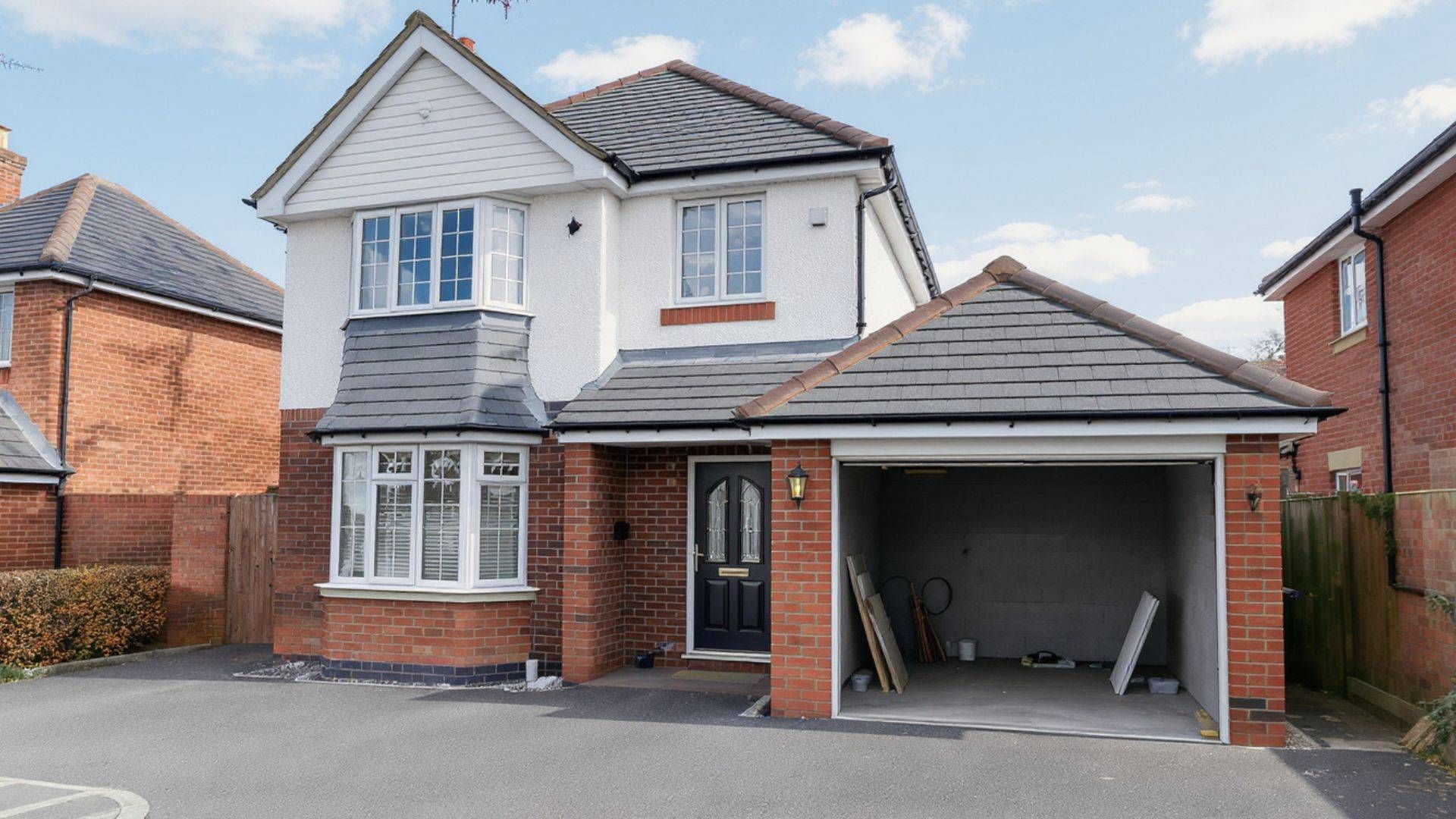
Earlier this year, Aviva published the results of its survey on how we use our garages. Of those UK garage owners questioned, 28% said they hardly ever used their garage to park their car.
Common reasons for skipping the garage included finding it difficult to park inside (21%) and believing their car was too big for the space (16%). The latter is backed up by further Aviva analysis that found the average car size has increased by 22% over the past 20 years.
Tellingly, however, 66% of those with access to a garage used the space primarily for storage instead. A previous survey by RAC discovered exactly what we’re most likely to store in our garages.
Topping the list was DIY tools and materials (90%), followed by gardening tools and garden furniture (74%), push bikes and scooters (55%), welly boots and shoes (36%) and camping equipment (24%). Others are using their garage as a home gym or a workshop, illustrating how homeowners are desperate for every inch of usable space.
Attached or integral garages can present an opportunity to increase a home’s existing floorplan. Converting the space could be a consideration for sellers who want to maximise their home’s value before coming to market, and for buyers looking to purchase a property with potential to remodel.
Here are some key considerations if you are thinking about converting a garage for residential use:
-
A garage kept for parking can add value to a property in an area with limited or restricted parking. Seek advice from an estate agent regarding whether a conversion could actually devalue a property
-
A garage conversion will usually fall under Permitted Development Rights but this may not be applicable if your property is listed, or if it falls within a Conservation Area, a National Park or a National Landscape
-
Although planning permission is usually not required, the project will almost certainly need flagging up to and signing off by your local council’s Buildings Regulations department
-
You can consider a full or partial garage conversion, depending on how big the space is and its eventual use. Partial conversions can work if you have a double garage, or if you only want to create a small room, such as a utility or home office
-
You’ll need an architect’s or builder’s advice on replacing the garage door, installing windows, creating access to the garage from inside the property, the roof structure and adding a method of heat. They’ll also advise on damp proofing, ceiling heights and any foundation issues
-
A garage’s walls will usually be of a single skin composition, so you’ll need to add insulation and ventilation, then fix plasterboard and skim over. If you need to add plumbing and electrics, adding stud cavity walls can provide a practical solution
-
Garage floors usually sit lower than those in the main property, so the garage floor will need raising to match the rest of the house
-
If your garage shares a wall with a neighbouring property, consult with a surveyor. They will advise whether you need to draw up a party wall agreement
We’d be delighted to advise you on a potential garage conversion, supplying our thoughts on whether a project of this nature would increase or decrease the value of the property. Please contact us today.
Share this article
More Articles
Sign up for our newsletter
Subscribe to receive the latest property market information to your inbox, full of market knowledge and tips for your home.
You may unsubscribe at any time. See our Privacy Policy.




